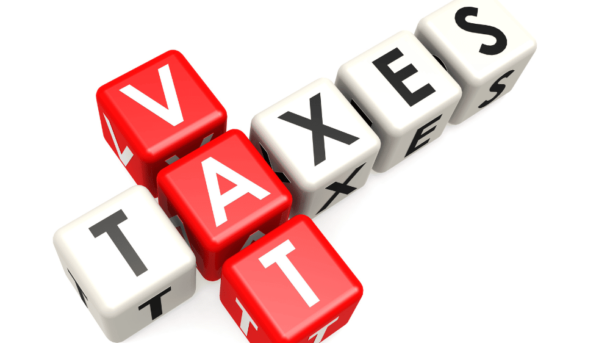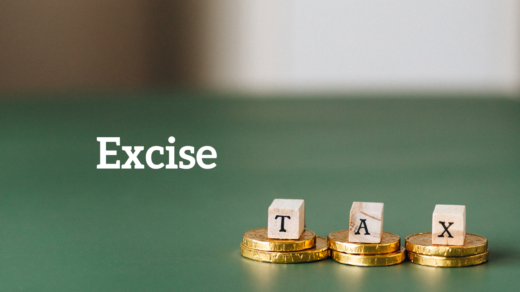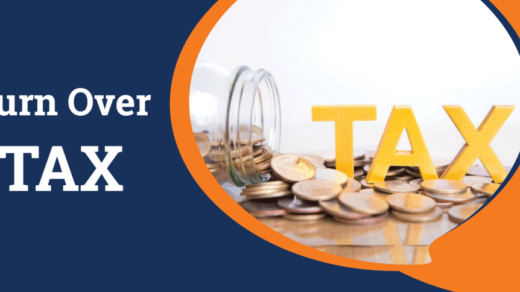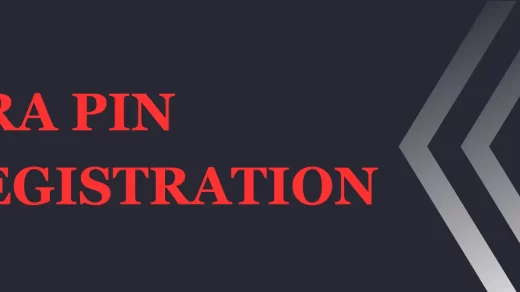What is Value Added Tax (VAT)?
VAT is an indirect tax that is paid by the person who consumes taxable goods and taxable services supplied in Kenya and/or imported into Kenya.
VAT on goods and services supplied in Kenya is collected at designated points by VAT registered persons who act as the agents of the Government. VAT on imported goods and services are paid by the importer.
Eligibility
Any person supplying or who expects to supply taxable goods and taxable services with a value of Kshs 5 Million or more in a year is required to register for VAT. Where a person has not attained the Kshs 5 Million threshold, voluntary registration can be granted subject to conditions.
VAT registered persons are identified with Personal Identification Numbers (PINs) with a VAT obligation.
Every VAT registered taxpayer is required to on-board on eTIMS by signing up through https://etims.kra.go.ke and sending service request. Alternatively, taxpayers can visit any KRA Tax service office or eTIMS operation unit located at JKUAT building 8th floor, along Kenyatta Avenue to seek help.
How VAT works
VAT works under the Input / Output Tax system.
Input tax refers to a tax paid by a registered person on purchase of goods or services for the purpose of his business.
Output tax refers to tax charged on the sales of taxable goods or services. Tax payable is the difference between the Output tax and the Input tax.
Output Tax – Input Tax = Tax Payable
| Example of VAT calculation | |
| PURCHASES | Kshs |
| Purchase net price | 10,000 |
| 16% VAT | 1,600 (Input tax) |
| Gross purchase price | 11,600 |
| SALES | |
| Gross purchase price | 11,600 |
| Less VAT paid | 1,600 |
| Net Purchase price | 10,000 |
| Add 20% profit margin | 2,000 |
| Net Sales Price | 12,000 |
| Add 16% VAT | 1,920 (Out Put Tax) |
| Selling Price | 13,920 |
| Tax payable | 1920 -1,600 = 320 |
Note: Withholding VAT credits and Excess Input Tax brought forward can be applied against Tax payable.
VAT RATES
There are two (2) tax rates:-
- 16% (General rate) – this rate applies to all taxable goods and taxable services other than zero-rated supplies.
- 0% (Zero-rate) – this rate applies to specific supplies listed in the Second Schedule to the VAT Act, 2013.
Note: 8% (Other rate) – This rate applied to certain supplies (petroleum products) prior to 1st July 2023 but was deleted by the Finance Act, 2023.
Exempt supplies are not taxable supplies and any related input tax is therefore not deductible. Exempt supplies are listed in the First Schedule to the VAT Act 2013. Taxpayers who only make exempt supplies are not required to register for VAT.
Due Date
VAT is due on or before the 20th day of the following month. This includes both the return and payment. Returns are submitted online via iTax (https://itax.kra.go.ke).
Tax Invoice
This is an invoice issued by a registered person and contains details of the sale transactions including the VAT charged.
Only one original invoice, credit note or debit note should be issued on a particular supply. A certified copy clearly marked as so may be issued to a registered person claiming to have lost the original.
A tax invoice should be serially numbered and generated from eTIMs. In case of returned goods or a valid reduction of the value of the supply by the registered person after issuance of an invoice, a credit note shall be issued.
A credit note is issued within six months after the issue of the relevant tax invoice.
Input Tax Deduction
Registered persons are entitled to input tax deduction at the end of the tax period in which the taxable supply or importation occurred.
Input tax deduction is valid for only six months after the end of the tax period in which the supply or importation occurred.
Input tax deductions can only be made for supplies or importation acquired to make taxable supplies and the registered person must be in possession of valid documentations to support the input tax.
Any excess input tax is carried forward and deducted in the subsequent tax period or may be refunded to the taxpayer if the excess input tax arises from
- Making zero rated supplies,
- tax withheld by appointed tax withholding agents; or
- taxable supplies made to an official aid funded project by a registered manufacturer approved by the Cabinet Secretary in accordance with the First Schedule.
Keeping Records
VAT registered persons are required to maintain proper records to support all transactions. These records may be maintained electronically.
Time of supply (tax point)
Tax point is the time when tax becomes due and payable. This is determined by the EARLIEST of the following: –
- The date on which the goods are delivered or services perfomed.
- The date a certificate is issued by an architect, surveyor or any other person acting as a consultant in a supervisoryany other person acting as a consultant in a supervisory capacity.
- The date on which the invoice for the supply is issued
- The date on which payment for the supply is received in whole or part.
- In the case of the national carrier, time of supply shall be the date on which the goods are delivered or services performed.
Digital Marketplace Supplies Registration
Non-resident persons making supplies in Kenya over the internet or an electronic network or through a digital marketplace are required to register for VAT whether or not the taxable supplies meet the annual turnover threshold of KES 5 million.
A simplified registration, filing and payment system has been developed for the suppliers.
Deregistration for VAT
- A VAT registered persons who has ceased making taxable supplies shall apply for deregistration whereas a person whose turnover has fallen below 5,000,000 in a year may opt to be deregistered. A VAT registered person may cease to make taxable supplies where taxable goods and services become exempt.
- In the case of death of a sole proprietor, insolvency or legal incapacitation, the executor, liquidator or any other person conducting the business shall notify the commissioner.
N/B: Upon application for deregistration, the taxpayer, executor, liquidator or any person conducting the business should continue submitting returns until advised to stop.
Obligations of a VAT registered Taxpayer
- Notify the commissioner in writing in case of any change of name, including business name, address, and place of business or nature of Notification should be made within 21 days of the change.
- File tax returns on time
- Pay tax due on time.
- Pay penalties and interest (where applicable).
Step by step procedure for VAT Payment
- Login to iTax using your PIN and password via https://itax.kra.go.ke.
- Click on Payments tab, select Payment Registration.
- Select Tax head as VAT
- Select Tax Subhead as VAT
- Select Payment Type as Self-Assessment.
- Select Tax Period
- Select the liability and click on add.
- Select Mode of Payment as Other Payment Mode or RGTS.
- Click on the submit button.
The system will generate a Payment slip which you will download and use to make the payment. A copy of the payment slip is sent to the taxpayer’s registered email address.
Make Payment through any of the following methods
- The bank using the Payment slip generated by the system
- M-PESA by using the Paybill number 572572, Account number is the Payment Registration Number, enter amount, MPESA PIN, press OK to complete the payment.




